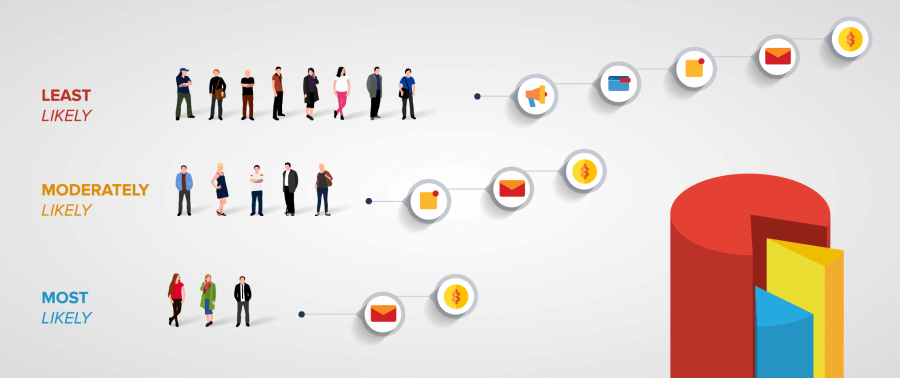Learn how you can Unlock Limitless Customer Lifetime Value with CleverTap’s All-in-One Customer Engagement Platform.

A user has your app open and then receives an in-app message that your mobile marketers sent as part of a campaign. What prompts the user to click through? And how do you construct your in-app messaging to be so irresistible that the user looks forward to it?
Take a look at the following strategic tips for building in-app messages we’ve compiled into a best practices guide for 2024 and beyond.
At CleverTap, we’ve seen that in-app messages can increase click-through rates by over 100% in comparison to push notifications. That’s because they’re effective at reaching your audience.
We previously covered 10 timeless best practices for in-app messages, so we don’t want to rehash the same old content. Instead, we want to focus on what’s changed since we first published that post and why you need to review how you’re currently sending your in-app messages.
So what are these new and updated in-app messaging best practices?
Artificial Intelligence (AI) and Large Language Models (LLM) are ubiquitous in marketing right now, enabling everything from human-free chatbots to visualizing images and rendering videos. It’s because AI answers every marketer’s age-old challenge of, “How do I do more with far fewer resources?”
One thing that AI does well is turning meticulous manual tasks into easy automated ones. Which is what makes it a powerful tool for personalizing in-app messaging. Remember that personalized messages aren’t an option, they’re what today’s customers demand.
To create your personalized in-app campaigns, you’ll need to leverage AI to analyze the customer data points in your system to:
Behavioral patterns — that’s where the money’s at. Use AI to analyze those patterns of your users — everything from the web pages they visit, to the time spent in your app, to the offers they click on. Use preferences, demographics, and technographics only to supplement the behavioral analysis.
Then group your users by what they do (or don’t do). Your microsegments will be much more suitable for personalized content since these users now share similar actions and not just demographic data.
Some microsegments that you should be able to create:
Here’s where AI shines. AI is well suited to predictive analysis, using patterns to establish potential or probable action. Used properly, an AI-enabled engagement platform can predict what a segment may do based on the previous behavior of similar users within the segment.
Some examples of how this works:
Intent-Based Segments: This is a unique CleverTap feature that enables you to define future goals and predict a user’s likelihood of achieving them. Is the goal for New York City-based users to buy a Beastie Boys boxed set DVD by December 1st? The system will look at the NYC user base and see how many of them match the required behavior and preferences that may lead to that DVD purchase.
Even better, intent-based segments allow further grouping of those results into three micro-segments:

Intent-based segments create user micro-segments based on their predicted actions.
AI can comb through every user profile and match a user with just the right offer based on their segment and their customer life cycle stage. It can then personalize the user experience by recommending relevant offers, providing contextual support when stuck, or suggesting actions that fit the user’s interest.
Thus, a travel app can create in-app campaigns that promote the latest tours to Thailand, Philippines, and China to those active users who’ve indicated an interest in traveling to Asia.
Now it’s time to apply these new and updated best practices and send out compelling in-app messaging to engage your users. Get creative with the power of AI, experiment with your options, and remember to analyze the results to refine and improve your messaging strategies. With a strategic and thoughtful approach, you can create in-app messages that truly resonate with your users and contribute to the success of your app.

The Experience Optimization Pocket Guide